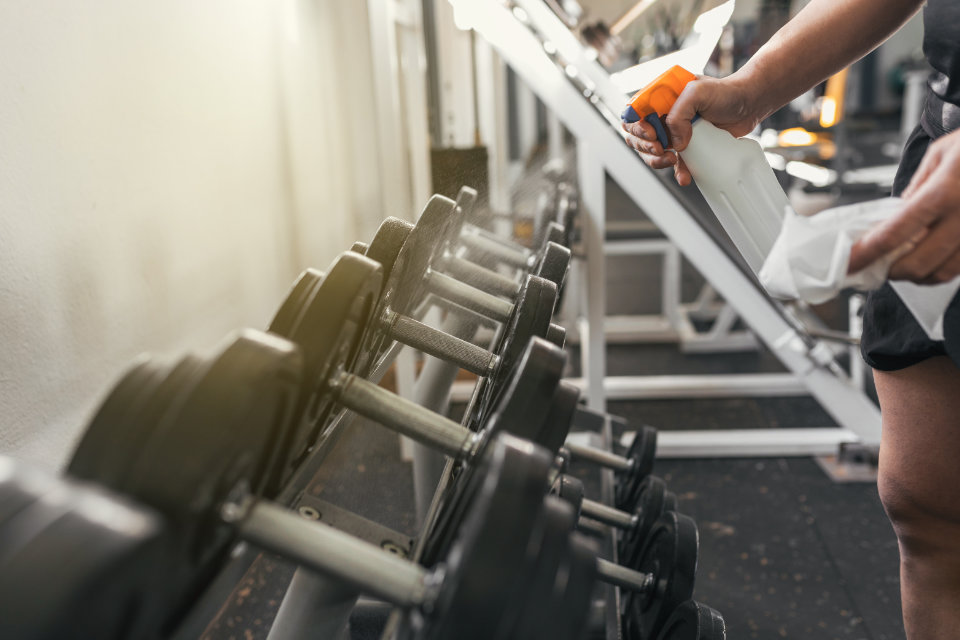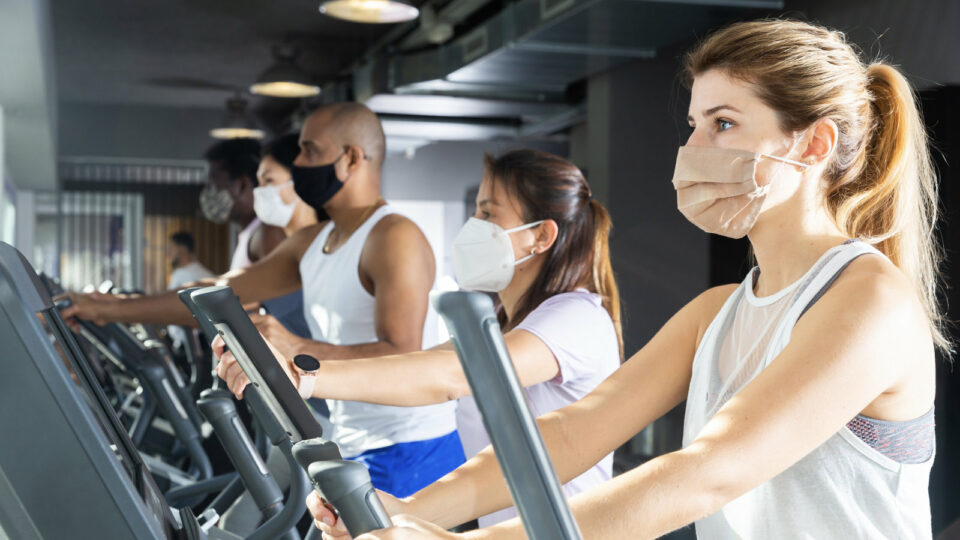Allergy-proof your gym experience and enjoy a healthier workout. Allergies are a common concern for many individuals, impacting millions of people every day in various ways. When it comes time to hit the gym, those with allergies can face an assortment of challenges that can disrupt their workout routine and affect their health.
From dust accumulating in unused corners to pet dander from friendly, fluffy gym dogs, gyms can harbor a myriad of allergens that can hinder a productive workout. Today, we’ll explore allergies and how to manage them in this fitness environment, helping you create a workout routine that’s truly allergy-proof.
Table of Contents
Understanding Allergies
Before we dive headfirst into how to allergy-proof your gym excursions, we need to establish a foundational understanding of what allergies are and how they can affect your workout. Simply put, allergies are reactions in the body to a foreign substance called an allergen.
Your body produces antibodies, blood proteins that counteract a specific antigen, that flag the allergen as harmful even though it isn’t. So, when you come into contact with that particular allergen, those antibodies raise a red flag, sending signals to cells that release specific chemicals and trigger the allergic symptoms.
Your symptoms can range from those as mild as watery eyes to those as severe as difficulty breathing or anaphylaxis, a severe and potentially life-threatening allergic reaction. Whether you experience mild, moderate, or severe symptoms, it can be challenging to exercise comfortably when dealing with them.

Tips for Allergy-Proofing Your Gym Experience
If you have allergies, there are a couple of ways you can minimise your exposure to allergens in the gym. Here are a few tips:
- Keep gym bags and personal items clean and allergen-free through regular washing and sanitising.
- Choose a gym with good ventilation and air filtration systems, as this helps reduce the concentration of airborne allergens.
- Wipe down equipment before and after each use with disinfectant wipes to remove potential allergens.
- Shower and change clothes immediately after leaving the gym to remove any allergens that may have accumulated on your skin or clothing.
The Role of Allergy Immunotherapy
Allergy immunotherapy (AIT) can be a game-changer for people with allergies, especially if you regularly experience symptoms when visiting the gym. AIT works by administering small, incrementally increasing amounts of the allergen, slowly “training” your body to become less sensitive to it.
It helps reduce the production of the “blocking” antibodies that create the allergic symptoms, thus alleviating your allergy over time. However, it’s important to note that this method requires a long-term commitment, as it takes your body time to adjust. Most people notice results within the first year, although the best results often appear during years two and three.
As your body becomes less sensitive to the allergen, you may find that you can comfortably be around those allergens with little to no reaction. For example, if you’re allergic to pet dander and start AIT, you may eventually be able to hang out with the gym dog without allergies getting in the way.
Of course, it’s important to remember that everybody is different, so results can vary from one person to the next.
Types of Allergy Immunotherapy
AIT falls into two primary categories: sublingual and subcutaneous. Sublingual immunotherapy (SLIT) is administered under the tongue via a tablet or liquid drops. Generally, you need to let the tablet dissolve, or the drops sit under the tongue for a minute or two before swallowing, although the instructions may vary.
Subcutaneous immunotherapy (SCIT) is administered under the skin via an injection. Since this method has a higher chance of adverse reactions, you need to visit your doctor’s office for each injection and remain there for monitoring for a set period.
Both options are highly effective in reducing sensitivity to allergens, so choose the option that works best for your needs. As with any significant change like this, it’s important to talk to your doctor before moving forward with your AIT treatment. Your doctor will evaluate your health history to determine the best fit for your needs.
Closing Thoughts
Allergy-proofing your gym experience is essential to getting in a good workout without being plagued by pesky allergy symptoms. By taking proactive steps to minimise allergen exposure, you can enjoy your workouts without stressing over allergic reactions.
Take it a step further by considering allergy immunotherapy, which can be a long-term solution to the problem. If you decide to try allergy immunotherapy, talk to your healthcare provider to determine which type is best for you.





